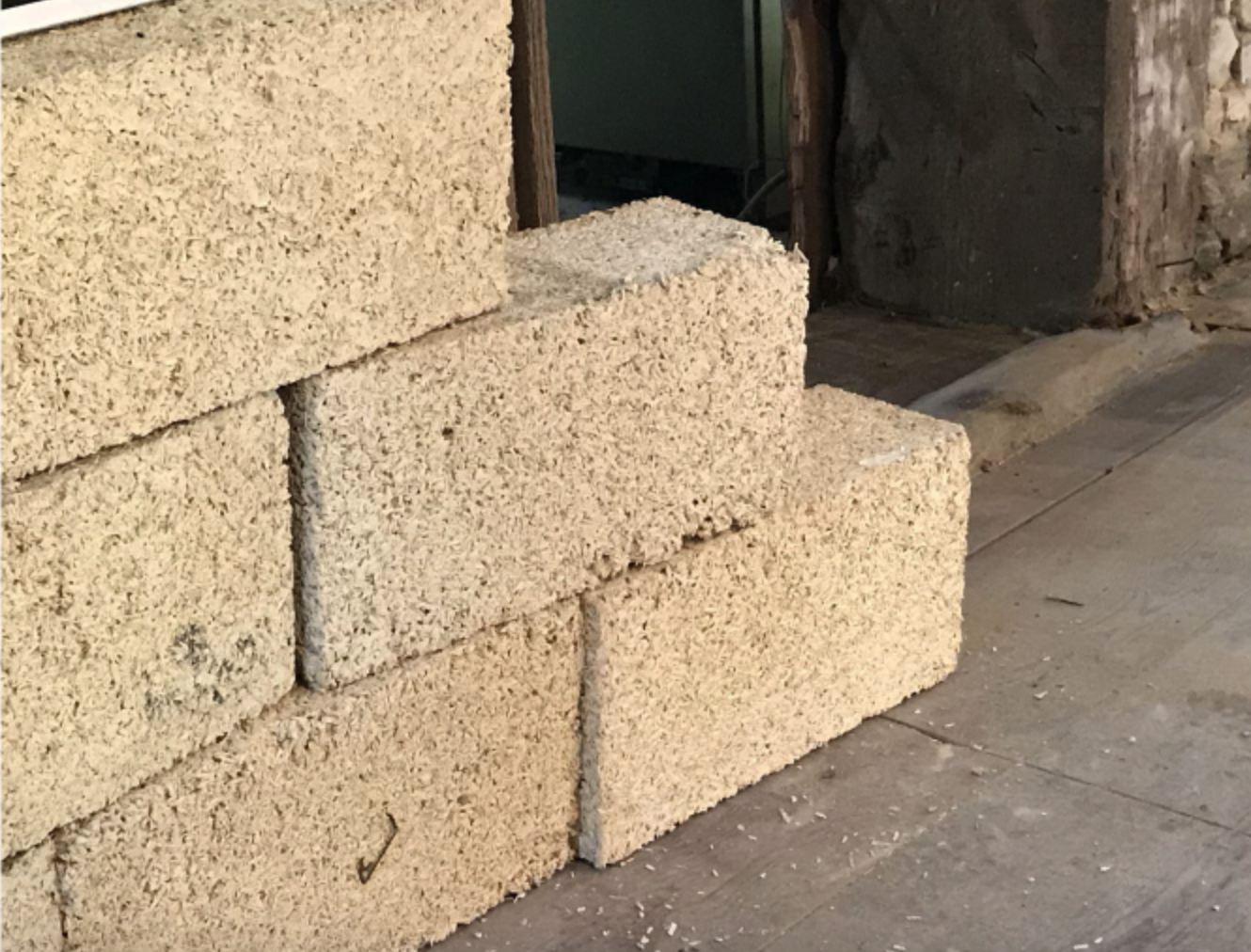Pre Cast Hempcrete Blocks vs. Cast-In-Place Hempcrete
By Basit Awan
This article will focus on construction time, practical challenges, reliability and building sciences, between the two options.
Reason for this article is to explain the pros and cons of each option. As many companies are beginning to bring precast hempcrete blocks into the market, it is important to know the facts to properly weigh your options.
Generally accepted benefits of using hempcrete include:
High insulative value, high acoustic value, low embodied energy, higher quality indoor air, vapor permeable walls, pest resistance, carbon capture within walls, carbon negative homes, reduced chances of moisture damage to structure and easily biodegradable building materials.
Cast in Place Hempcrete (Hand Placed):
“Cast-in-situ hempcrete refers to mixing hempcrete on-site and casting it into molds constructed from shuttering, or formwork, to form the walls, floor or roof in the exact position that they will remain within a building. The shuttering may be temporary or permanent.”
Precast Hempcrete (Blocks):
“As an alternative to in-situ casting, hempcrete can be pre-cast into either blocks or framed panels. This usually brings distinct advantages in terms of predictability of the build process, since in most types of pre-cast hempcrete construction the drying of the hempcrete, or at least most of it, is completed off-site, so any uncertainty regarding the time needed for this is eliminated.”
Please Support Our Classified Advertisers
••
Please Support Our Classified Advertisers ••
(To find out more about advertising CLICK HERE).
Help Wanted:
Training and Education
Publications
Hemp Building Directory 2022 - Guide to the International Hemp Building Industry
Available Now! “Hemp Buildings - 50 International Case Studies” by Steve Allin
Hemp Hurd (shivs)/Hemp Fiber/ Hemp Microfiber
Hempcrete installers/Insulation subcontractors
Lime Binder
Hemp Batt Insulation/Supplies
Green Builders
Hemp Building Engineers
Hemp Genetics
Professional Associations
Events

